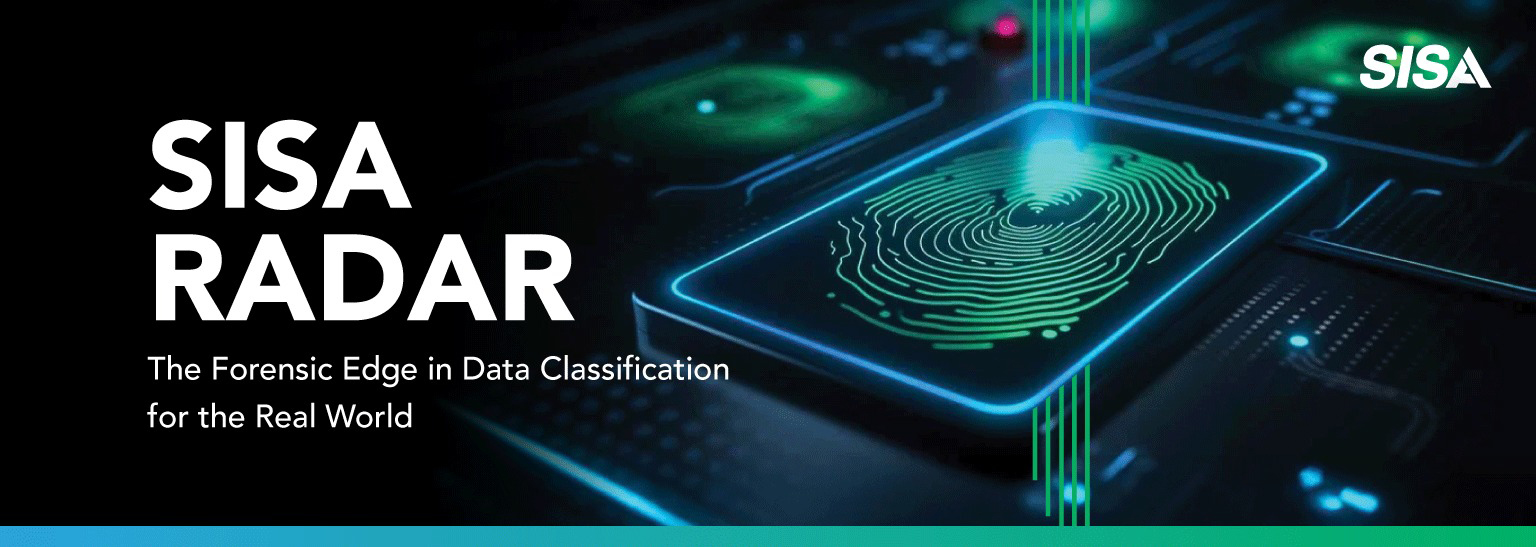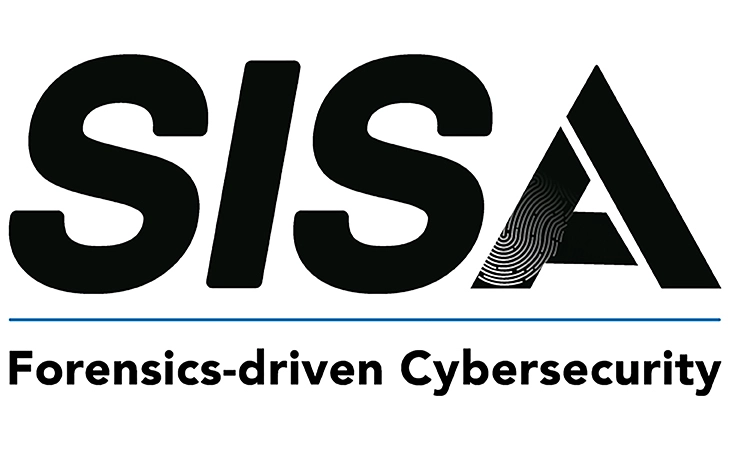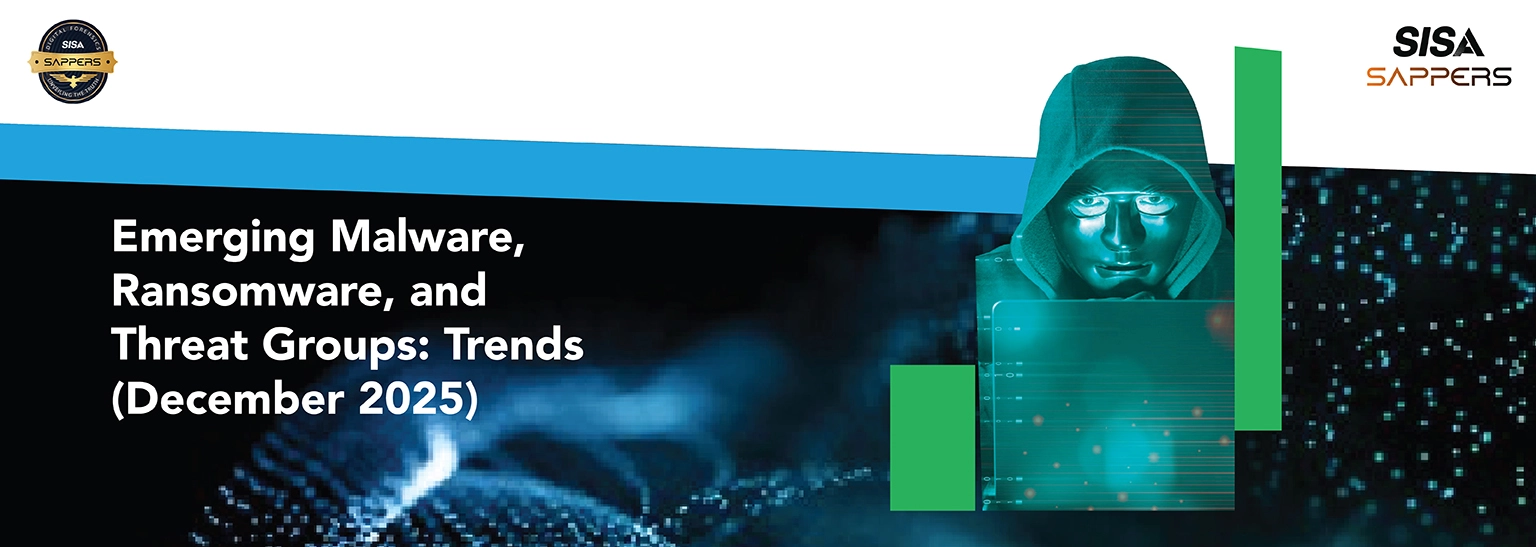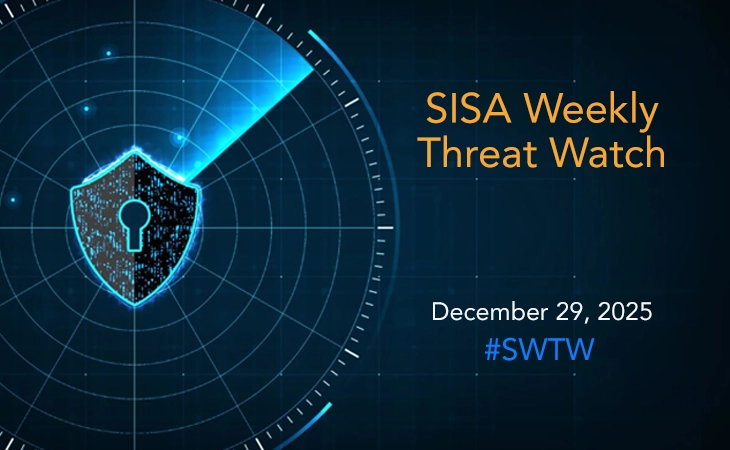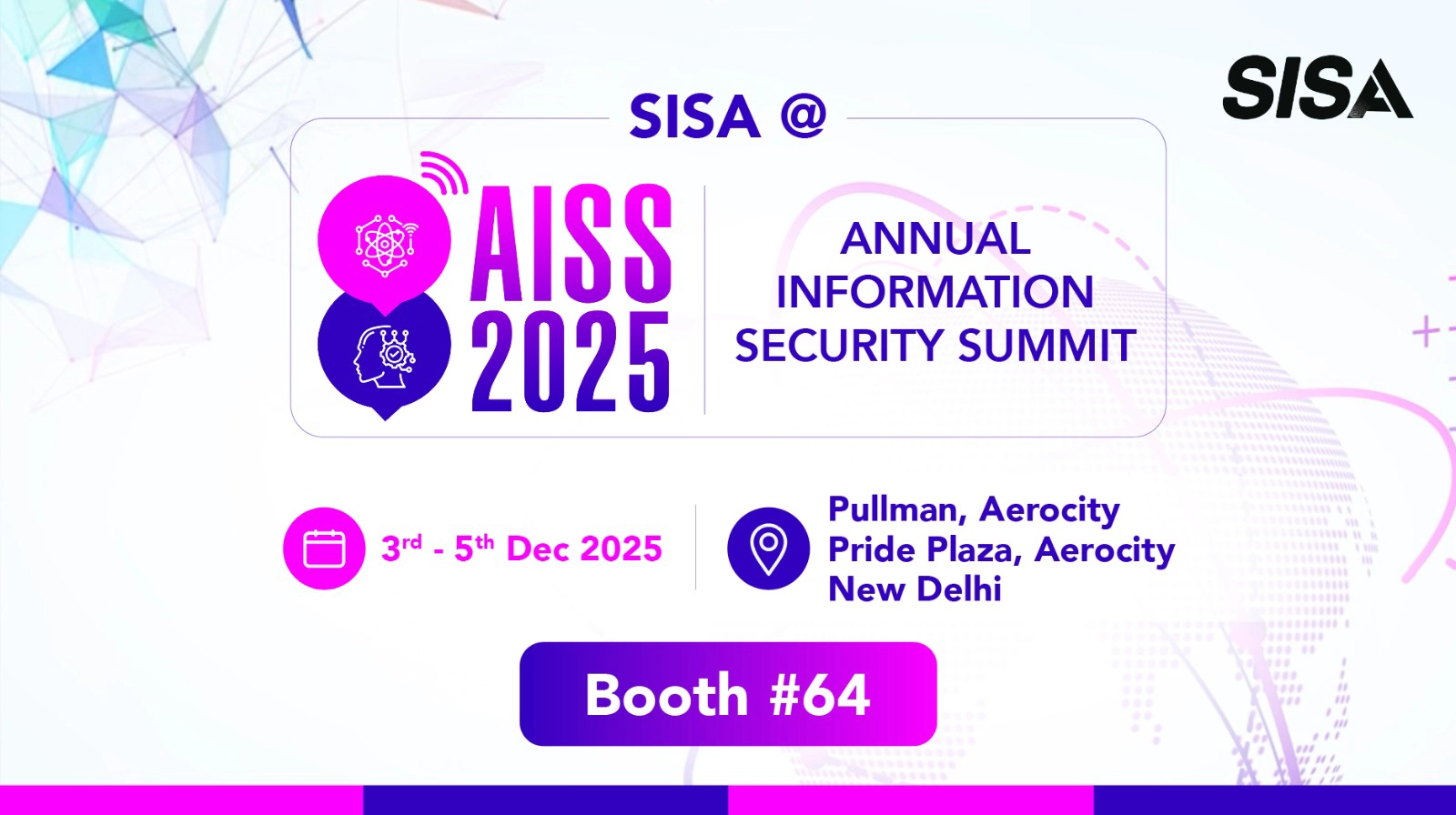
HITRUST Control List And Requirements Explained (2025)
When you’re responsible for protecting customer data, the threat landscape in 2025 feels like navigating a busy airport. There are passengers (data flows) moving in all directions, strict security rules, and ever-changing risks. The HITRUST framework exists to make that job simpler. Instead of juggling dozens of regulations, it harmonizes more than sixty standards into one master set of controls. This guide breaks down the control list, highlights what’s new in 2025.
Anatomy of the HITRUST CSF
Think of the HITRUST Common Security Framework (CSF) as a structured syllabus. At the top level are 14 control categories, which cover broad areas like access control, human resources security, and incident management. Within those categories are 49 objectives and 156 specific references that organizations must follow. This layered structure lets you tackle security step by step – from high-level policies down to specific technical controls.
A few examples:
- Access Control Security includes seven objectives and twenty-five references that cover everything from defining user roles to controlling application access.
- Communications and Operations Security has ten objectives focused on documenting procedures, backing up sensitive data, and monitoring systems.
- Privacy Security Practices contains seven objectives that encourage transparency, limit data collection, and promote accountability through regular audits.
By grouping similar requirements, HITRUST helps companies prioritize efforts. You can start with high-risk categories and gradually build toward full compliance.
Levels of assurance: e1, i1 and r2
HITRUST v11 introduced three assessment types, giving organizations a choice based on their risk appetite:
- e1 assessment – The entry‑level e1 focuses on “cyber hygiene.” It includes 44 requirement statements covering fundamental controls such as user authorization, patching, and basic incident response. Because it only checks whether controls are in place (not whether they’re fully documented), an e1 assessment is quicker and is best for small companies or those early in their compliance journey.
- i1 assessment – Building on e1, the intermediate i1 adds 138 more requirement statements (for a total of 182) that address broader cybersecurity threats. It looks at leading practices and includes options for rapid recertification every other year if your control environment hasn’t degraded. i1 is suitable for organizations that need more robust assurance but aren’t ready for the complexity of an r2.
- r2 assessment – This is the most comprehensive level. It uses the 182 i1 statements as a baseline and then tailors extra requirements based on your organization’s risk profile. The r2 assessment evaluates policy maturity and evidence, making it ideal for industries with high regulatory exposure.
Each level builds on the previous one, allowing your security program to grow over time. Many businesses start with an e1 assessment, upgrade to i1 as they mature, and move to r2 when clients or regulators demand deeper assurance.
What’s new in the 2025 updates
HITRUST regularly refines its control library. Versions 11.5.0 and 11.6.0, released in April and August 2025, respectively, continue that trend. Both updates simplify the framework by consolidating overlapping requirement statements. They also add and refresh mappings to authoritative sources, including regional laws and AI‑security guidelines:
- New sources in v11.5.0 – Added mappings for Abu Dhabi’s ADHICS, Singapore’s Cybersecurity Act 2018, the Network and Information Security Directive (Europe), the Texas Business and Commerce Code, and the UK Guidelines for Secure AI System Development. These ensure that local requirements are now part of the unified HITRUST control set.
- Refreshed sources – v11.5.0 updates the COBIT mapping, while v11.6.0 refreshes the CMMC Level 1 mapping and adds a new ARC‑AMPE mapping.
- Removed sources – v11.6.0 removes the MARS‑E v2.2 mapping but introduces a new factor called GovRAMP CORE.
These changes show that HITRUST evolves alongside laws and emerging technologies. If your organization operates internationally or adopts AI, make sure your control list reflects these updates.
Why the control list matters
The HITRUST control list isn’t just a bureaucratic exercise; it’s a practical tool for managing risk. By mapping the CSF to more than sixty authoritative sources – including ISO/IEC 27001/27002, NIST 800‑53 revision 5, HIPAA, PCI DSS, and GDPR – HITRUST offers a single reference point for compliance. Here’s why that matters:
- Reduced complexity – Instead of juggling multiple frameworks, you implement one set of controls that covers them all. This saves time during audits and reduces the chance of missing a requirement.
- Benchmarking – Clear categories and counts (e.g., twenty-five access‑control references) help you compare your security posture with peers.
- Demonstrated due diligence – HITRUST boasts a 99.41 percent breach-free rate among certified environments. A certification signals to customers and regulators that you take security seriously.
Practical implementation tips
Even with a clear framework, implementation can feel daunting. Here are some tips drawn from the control categories:
- Perform a gap analysis – Compare your existing controls with the 14 categories and 49 objectives. Note where you already comply and where gaps exist.
- Prioritize high-risk areas – Focus first on access control, incident management, and asset management, as weaknesses here can have the biggest impact.
- Map to existing frameworks – If you already follow ISO 27001 or SOC 2, map those controls to HITRUST references. The CSF’s harmonization lets you leverage previous work.
- Document processes – Higher assurance levels like r2 require evidence of policies and procedures. Use compliance tools (such as MyCSF) to document and track progress.
- Stay current – HITRUST releases advisories regularly. Subscribe to updates and adjust your program when new authoritative sources are added or removed.
FAQs about the HITRUST framework
What does the HITRUST framework cover?
The framework harmonizes more than sixty regulations and standards into a single set of controls. This includes ISO 27001/2, NIST 800‑53, HIPAA, PCI DSS, and GDPR.
How many controls are in the HITRUST list?
There are 14 control categories, 49 objectives, and 156 references. Depending on the assessment type, you implement 44 (e1), 182 (i1), or a tailored number of requirements.
Which assessment should I choose?
Choose e1 if you need a quick, lower-effort assessment of basic security practices. Go for i1 if you need a moderate level of assurance and may benefit from rapid recertification. Select r2 for the most comprehensive assessment when clients or regulators demand rigorous proof of maturity.
What’s new in the 2025 release?
Versions 11.5.0 and 11.6.0 consolidate overlapping statements and add mappings for regional laws and AI-related guidelines. They also refresh COBIT and CMMC mappings and remove the MARS‑E v2.2 mapping.
How does HITRUST help with regional compliance in India?
Because HITRUST maps its controls to multiple frameworks and regulations, organizations in India can adopt one control set and align it with the Digital Personal Data Protection Act and international standards. A partner like SISA helps tailor the controls to local requirements and ensures the program remains practical.
Conclusion
In the complex and demanding landscape of 2025 data security, the HITRUST CSF provides a critical solution. It transforms the overwhelming task of complying with dozens of individual regulations into a manageable, unified process. By offering a harmonized control list with flexible assessment levels, from the foundational e1 to the comprehensive r2, HITRUST allows organizations to build and mature their security programs at their own pace. The framework’s continual evolution, as seen in the latest 2025 updates, ensures it remains relevant against emerging threats like AI and changing global regulations. Ultimately, achieving HITRUST certification is more than just checking a compliance box; it is a powerful demonstration of due diligence, significantly enhances trust with customers and partners, and builds a resilient, future-proof security posture. Partnering with experienced experts can streamline this journey, turning a complex framework into a practical and strategic advantage.
Latest
Blogs
Whitepapers
Monthly Threat Brief
Customer Success Stories
 USA
USA India
India APAC
APAC Middle East
Middle East Global
Global






 Facebook
Facebook Linkedin
Linkedin  X
X Youtube
Youtube



